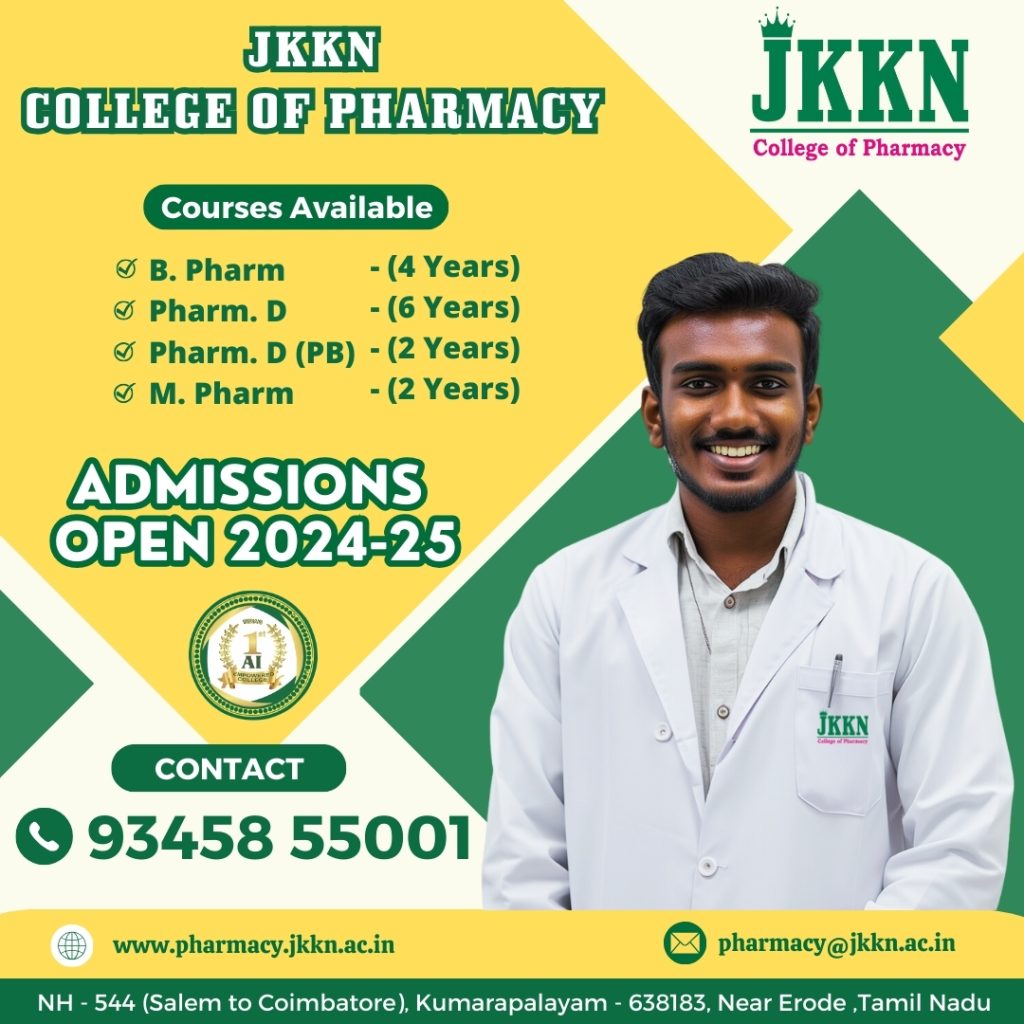VIII SEM-B. PHARM (Elective Paper)
BP 811 ET – ADVANCED INSTRUMENTATION TECHNIQUES (Theory)
After a successful completion of the course the students will be able to
| Course outcome number | Course Outcomes | Cognitive level |
| CO1 | Recall and explain the fundamental principles of Nuclear Magnetic Resonance spectroscopy (H-NMR and C-NMR), including chemical shift, factors affecting chemical shift, coupling constant, Spin-spin coupling, relaxation, and describe their significance in analytical chemistry. | C1 |
| CO2 | Understanding of Mass Spectrometry principles, including fragmentation and ionization techniques (electron impact, chemical ionization, MALDI, FAB). | C2 |
| CO3 | Apply this knowledge to interpret mass spectra and discuss the key analyzers (Time of flight and Quadrupole) and their applications. calibration and validation techniques as per ICH and USFDA guidelines to various analytical instruments such as electronic balance, UV-Visible spectrophotometer, IR spectrophotometer, Fluorimeter, Flame Photometer, HPLC, and GC | C3 |
| CO4 | Analyze the principles of Thermal Methods of Analysis, specifically Thermogravimetric Analysis (TGA), Differential Thermal Analysis (DTA), and Differential Scanning Calorimetry (DSC). Analyze the principles, components, methods, limitations, and applications of Radioimmune Assay. | C4 |
| CO5 | Evaluate how these techniques are applied in the characterization of materials and the determination of thermal properties. Evaluate the importance and components of Radioimmunoassays, critically assessing the various methods and their suitability for specific applications. | C5 |
| CO6 | Create a design and perform hyphenated techniques such as LC-MS/MS, GC-MS/MS, and HPTLC-MS for advanced analytical purposes to solve complex analytical challenges. | C6 |
Remembering (C1), Understanding (C2), Applying (C3), Analyzing (C4), Evaluating (C5) and Creating (C6)


